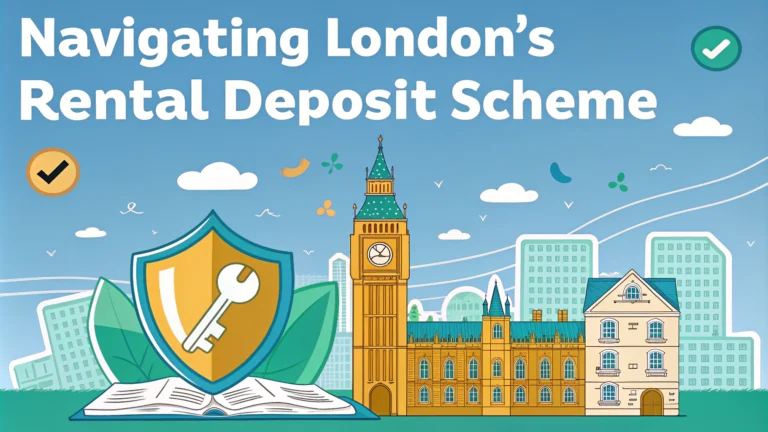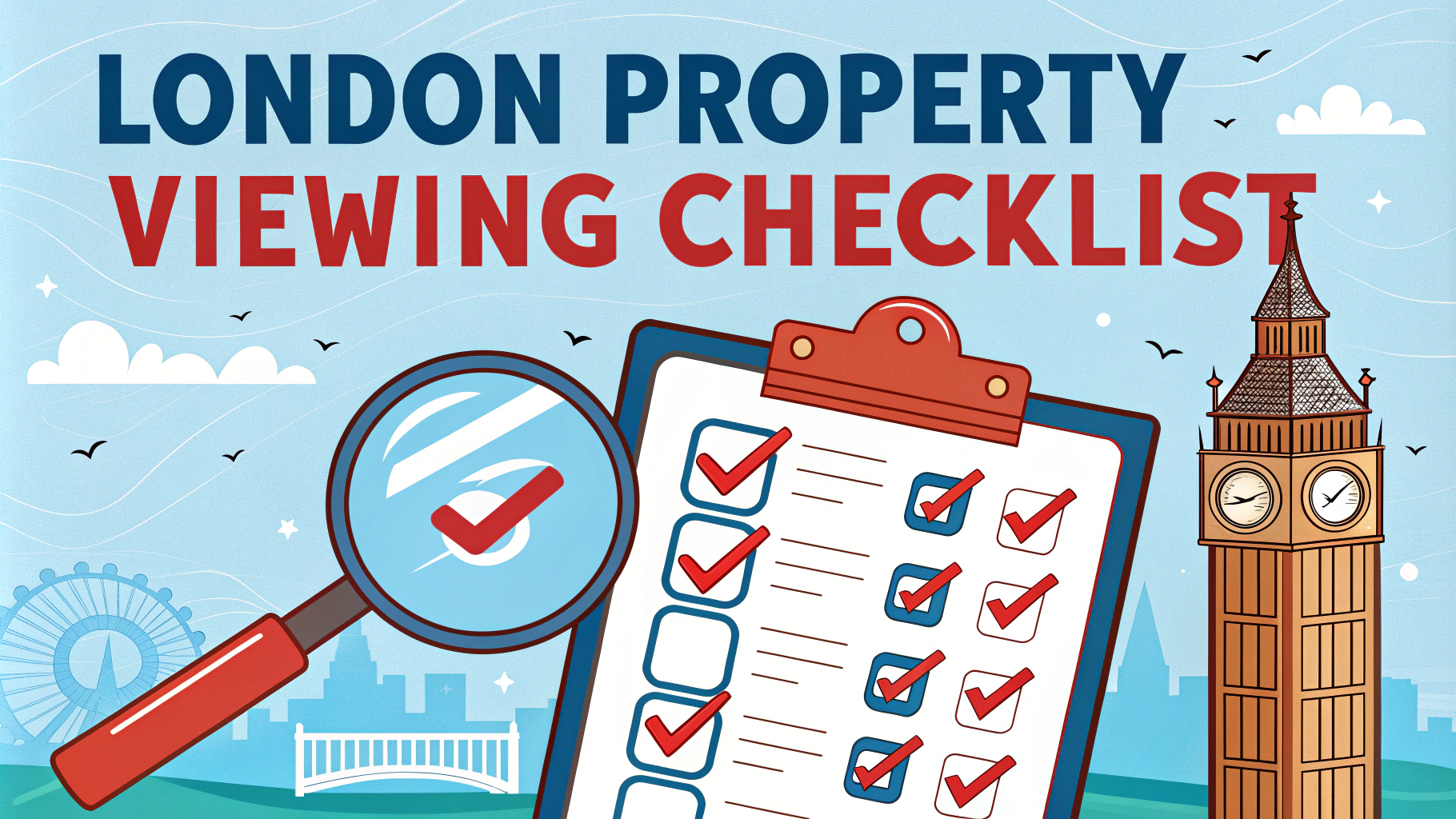London’s rental deposit protection schemes safeguard both landlords and tenants by ensuring fair handling of security deposits.
Understanding these schemes helps prevent disputes and ensures compliance with UK rental laws.
This quick guide explains the deposit protection process, your rights, and how to navigate the system effectively.
Government-Approved Deposit Protection Schemes
Three authorized schemes operate in England and Wales:
- Deposit Protection Service (DPS) – 0330 303 0030 – www.depositprotection.com
- MyDeposits – 0333 321 9401 – www.mydeposits.co.uk
- Tenancy Deposit Scheme (TDS) – 0300 037 1000 – www.tenancydepositscheme.com
How Deposit Protection Works
Landlords must protect your deposit within 30 days of receiving it.
They need to provide you with the deposit protection certificate and prescribed information.
- Insured schemes: Landlord keeps deposit but pays protection fee
- Custodial schemes: Scheme holds deposit throughout tenancy (free service)
Your Rights as a Tenant
You can check if your deposit is protected by contacting any scheme directly.
Landlords failing to protect deposits may face penalties up to 3x the deposit amount.
Getting Your Deposit Back
- Document property condition with photos at move-in and move-out
- Request itemized deductions from landlord
- Agree on deductions or dispute through scheme’s resolution service
Common Deposit Disputes
| Issue | Prevention Tips |
|---|---|
| Cleaning | Take dated photos, keep professional cleaning receipts |
| Damage | Report issues promptly, maintain written communication |
| Rent Arrears | Keep payment records, communicate about delays |
Dispute Resolution Process
Each protection scheme offers free dispute resolution services.
- Submit evidence within specified timeframes
- Include photos, inventory reports, and correspondence
- Await independent adjudicator’s decision
Next Steps for Your London Move
Contact Shelter’s London advice line (0808 800 4444) for personalized guidance on deposit issues.
Join a local tenants’ union for ongoing support and advice.
Keep all tenancy documents, including deposit protection details, in a safe place.
Important Legal Considerations
Be aware of your statutory rights regarding deposit protection:
- Landlords cannot serve valid Section 21 notices without protecting deposits
- Courts can order compensation for unprotected deposits
- Deposit protection applies to all assured shorthold tenancies
Timeline Requirements
For Landlords
- 30 days to protect deposit and provide proof
- 10 days to respond to deposit return requests
- Must provide detailed reasons for deductions
For Tenants
- 3 months to raise deposit protection breaches
- 15 working days to respond to deduction proposals
- 30 days to initiate formal disputes
Additional Protection Measures
Consider these extra steps to secure your deposit:
- Request mid-tenancy inspections
- Maintain written records of all maintenance requests
- Get landlord’s written approval for any alterations
- Keep copies of all correspondence and certificates
Securing Your Rental Future
Understanding deposit protection schemes helps ensure smooth transitions between properties and maintains good landlord-tenant relationships.
Regular communication and proper documentation significantly reduce the likelihood of disputes.
Stay informed about your rights and responsibilities to protect your interests throughout your tenancy.
FAQs
- What is London’s Rental Deposit Protection Scheme?
It’s a legal requirement where landlords must protect tenants’ deposits in one of three government-approved schemes: Deposit Protection Service (DPS), MyDeposits, or Tenancy Deposit Scheme (TDS) within 30 days of receiving the deposit. - How much deposit can a landlord legally charge in London?
Since the Tenant Fees Act 2019, landlords can only charge a maximum of 5 weeks’ rent as deposit for annual rentals under £50,000, or 6 weeks’ rent for annual rentals over £50,000. - When should I receive my deposit back after moving out?
Landlords must return the undisputed portion of the deposit within 10 days of both parties agreeing on the amount to be returned. The total process should not exceed 14 days from the end of tenancy. - What happens if my landlord doesn’t protect my deposit?
You can take legal action and may be entitled to compensation of up to three times the deposit amount, plus the return of the original deposit. - Can my landlord make deductions from my deposit?
Yes, but only for legitimate reasons such as unpaid rent, damage beyond normal wear and tear, missing items from the inventory, or cleaning costs if the property is left in a worse condition. - How can I dispute unfair deposit deductions?
Contact your deposit protection scheme’s alternative dispute resolution (ADR) service, which offers free mediation. You’ll need to provide evidence such as photos, inventory reports, and correspondence. - Do I need to pay a deposit before viewing a property in London?
No, it’s illegal for landlords or agents to charge any viewing fees or holding deposits before you’ve agreed to rent the property. Only pay a deposit once you’ve signed the tenancy agreement. - What documentation should I receive when my deposit is protected?
Within 30 days of paying your deposit, you should receive the Prescribed Information and deposit protection certificate, including details of the scheme used, deposit amount, and how to get it back. - What happens to my deposit if my landlord sells the property?
The deposit should be transferred to the new landlord’s name within the protection scheme, and you should receive updated documentation reflecting this change. - Can I use my deposit to pay the last month’s rent?
No, this is not legally permitted. The deposit must remain protected until the end of the tenancy and can only be released following the proper checkout procedure.








